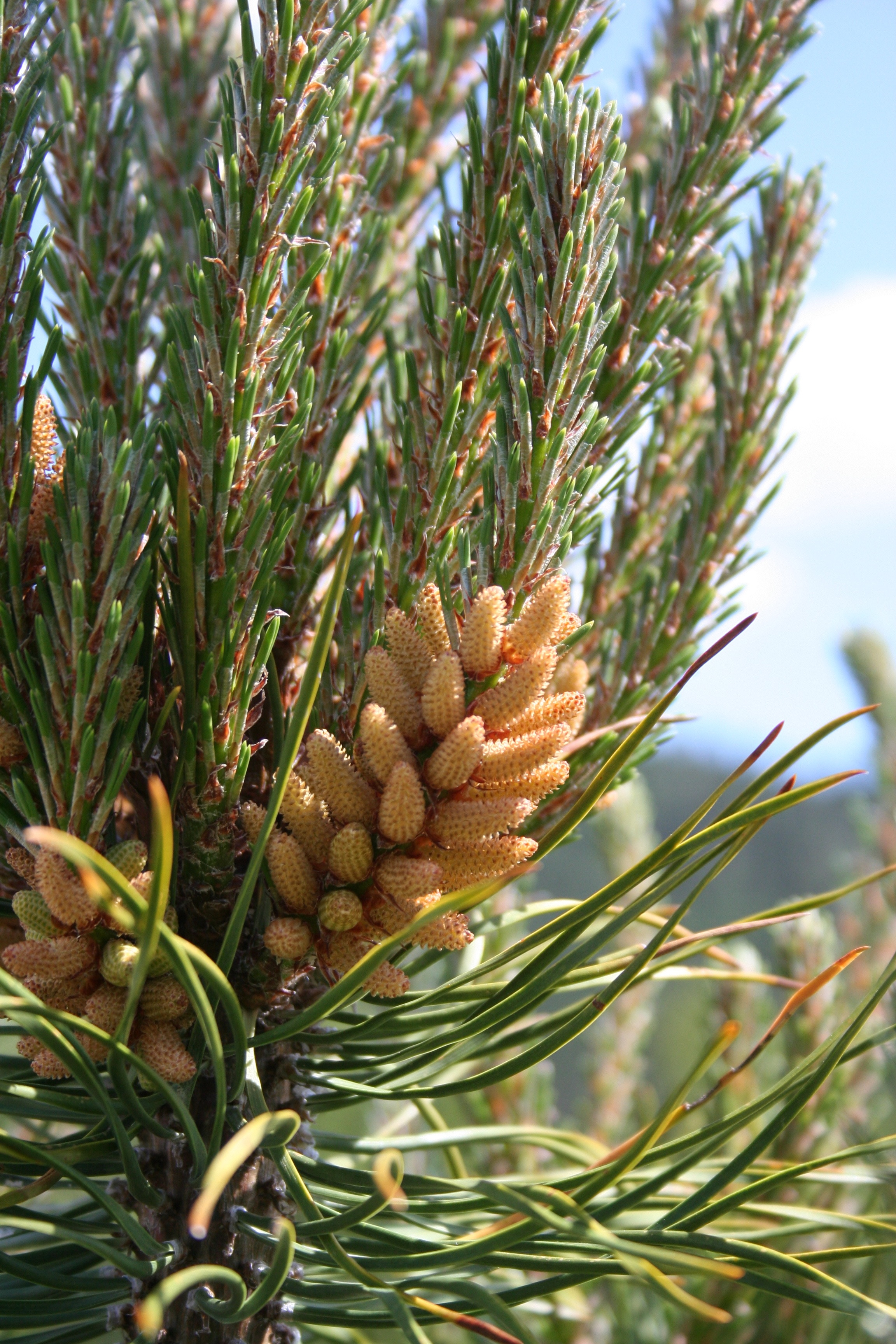(Original title: The Grand Ladies of Blogging)
I guess I woke up, too early, in a philosophical frame of mind this morning. Did you wonder where I've been, or whether I'd ever be back? Sometimes our favorite bloggers just seem to disappear, so this morning I'd like to give tribute to a few, selected from many, who can be counted on to shift my mental gears toward the positive, and from whom I still long for fresh postings.
My blogroll has 20 names on it, but only those who've posted recently appear, and ten of those names haven't posted in quite some time. The three I want to remember today are all, apparently, older than I am, and reliable sources of perspective. I'd say "wisdom," but sometimes, when it comes to the young, the essence of wisdom is NOT to share it. Let them find out in their own good time, as we all must.
"Granny Smith," or Phyllisophy, sits at the bottom of the visible list, having posted seven months ago. I haven't been one of her regular followers, but I always enjoyed checking in with her and soaking up a little of her unique blend of life lessons, reminiscences, and verbal and artistic creativity. Phyllis was a regular at Sunday Scribblings, and being regular at creativity is something my writer-self has yet to manage. Her poetry and essays are still there to be enjoyed—and that, to me, is one of the intriguing benefits of blogging. We hope all is well with Phyllis and her world, but whether or not she writes again, her words and pictures remain behind to inspire all of us with life's joys.
Another Granny. Granny J of Walking Prescott, kept me in occasional touch with Arizona and its wildflowers. Her disappearance is less mysterious, as her daughter posted a stirring memorial on her passing three years ago. (There's an indication of how far out of touch with blogging and my early community I've become.) Granny J (for Julie) was a woman I can not just admire but relate to, one who walked the deserts near her home looking for and photographing all sorts of natural (and sometimes unnatural) history with an appreciative eye for the eclectic. Thanks, and farewell, Granny J—I hope your new trails are as entertaining as your familiar outback.
One of my earliest blog buddies, Endment, hasn't posted since Christmas 2011. She'd been worried about water, and had posted about the anniversary of the Gettysburg address two years before everyone else. She'd become mom to a puppy just three years before her posts dwindled. But mostly she posted wonderful photos and stories about her backwoods yard in upstate New York, reminding me of places I'd grown up and keeping me in touch with the eastern deciduous biome. She too has gone quiet.
These "grand ladies" taught me about blogging and became friends of a distant but readily accessible sort. Kindred spirits, in fact. As Phyllis once said "blog friends aren't virtual, they are real!" So amazing, this technology that, even in one's 80s, one can master and use to stay in touch with others. These ladies used blogging to share good times as well as challenges, moments prosaic and uplifting, and became an inspiration to others in the process. And, incredibly, whether tis fate or choice keeping them away, their work remains "out there" to inspire and inform. I aspire to their example, which retreats ahead of me as I reach for it. But I'm thankful they and many others have been part of my life, and (yes!) I still believe in blogging, even when I'm not here! It's a medium that transcends distance, age, and even time.
If I may mention one more, still highly reliable, source of constant inspiration, Cate at Beyond the Fields We Know has been blogging pretty much daily (!) since November 2005. Is that a record?? Look for her bobbing to the top of my blogroll; she never misses the mark and always amazes, whether in stunning photographs, thought-provoking text or poetry, or just reminders of the pleasures of staying in touch with one's immediate territory. Her diligent recording of each month's Full Moon, to name one example, is a testament to persistence and Earth wisdom. Thanks, Cate!
To these ladies, and to the many other bloggers whose acquaintance I've enjoyed and learned from, a heartfelt Thank You!!
Friday Ramble - Cloaked in Spring
13 hours ago





































